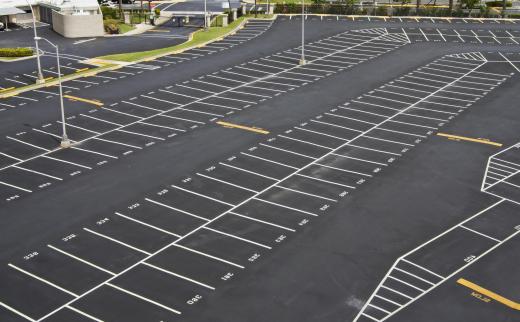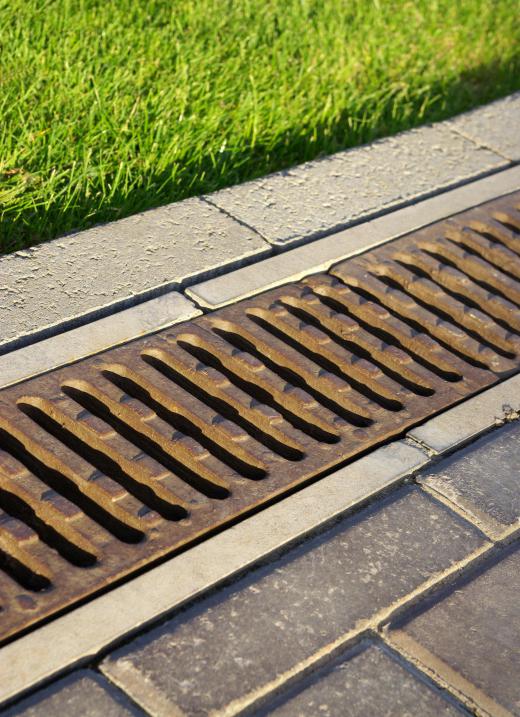Stormwater runoff is generally regarded as excess rain and snow melt that moves across the surface of the ground rather than being absorbed into the soil. This excess water typically ends up in a nearby lake, stream, or river. Flooding and pollution are the two primary reasons for controlling stormwater runoff. Sediment from stormwater flooding can disrupt the habitat of many aquatic species while polluted runoff may have undesirable effects on humans, animals, fish, and plants. The negative effects of stormwater runoff can be mitigated through the installation of drainage systems and retention ponds as well as the passage of laws governing the outdoor use and disposal of hazardous materials.
Impervious man-made surfaces such as pavement, buildings, and roofs prevent stormwater from naturally soaking into the ground. During a rain storm, water runs off of these surfaces and makes its way downhill to the nearest stream, river, or lake. As the stormwater moves along the ground, it erodes the soil and carries sediment to nearby bodies of water. Along the way, this runoff also gathers pollutants such as chemicals, bacteria, and pathogens and deposits them into storm drains, rivers, and streams. The mixture of sediment and pollutants contained in stormwater runoff can have adverse effects on the natural environment.

Sediment from stormwater runoff typically clouds the water in streams and lakes making it very difficult for aquatic vegetation to thrive and grow. Runoff from lawns and gardens often contains elements of commercial fertilizers and pesticides that can poison marine life. Humans and animals can sometimes become ill from eating these contaminated fish. Large volumes of stormwater runoff can often fill sanitary sewer pipes and cause untreated sewage to overflow into nearby lakes and rivers. People swimming in these contaminated bodies of water can then become ill from bacteria contained in the sewage-laden runoff.

A number of different measures can be taken to control the negative effects of stormwater runoff. Well-designed drainage systems are usually able to collect stormwater runoff before it has an opportunity to become polluted or cause flooding. Detention ponds can be constructed near large parking lots to quickly contain runoff during rain showers and allow it to be absorbed into the soil of the ponds. Environmentally friendly pesticides and fertilizers are also available for private and commercial use. Laws governing the disposal of hazardous and toxic materials have been enacted in many localities to help control pollution caused by runoff.
